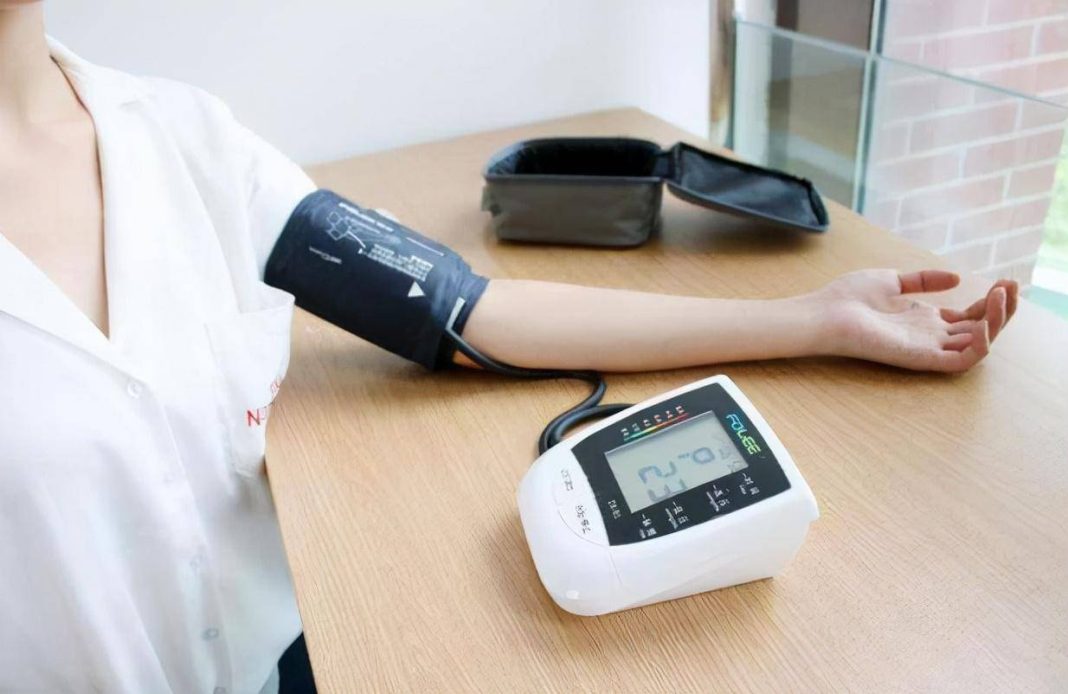Hypertension is becoming increasingly common. It is important to note that hypertension is a typical chronic disease, often referred to as part of the “three highs” alongside hyperlipidemia and hyperglycemia. According to data statistics, there are nearly 400 million hypertension patients in China.
Among them, the proportion of young people is steadily increasing. So, what are the factors that cause hypertension? Research has shown that hypertension is related to unhealthy lifestyles and dietary habits.
Furthermore, those individuals with normal blood pressure levels may also wonder, do they need to take medication just because their blood pressure is high?
Advice: If the following three conditions apply, long-term use of antihypertensive drugs may not be recommended
● Borderline Hypertension
Many people are aware that the ideal blood pressure value is 120/80 mmHg, and if it exceeds this value, it can be considered as high blood pressure. So, does this require medication?
In fact, there is a concept of borderline hypertension. Generally, we consider blood pressure values consistently above 140/90 mmHg to be high blood pressure. If the values exceed this threshold, medication should be considered for control.
If the blood pressure does not exceed the borderline hypertension values, it is generally not recommended to use medication for control. Control of blood pressure can typically be achieved through adjusting diet and engaging in moderate exercise.
● Pseudohypertension
Pseudohypertension occurs due to improper measurement positions or other issues causing an increase in blood pressure readings. When this issue arises, blood pressure should be measured multiple times. If the readings consistently exceed the borderline blood pressure value.
Then it is considered indicative of hypertension. However, pseudohypertension does not require medication. It is worth noting that many people are often concerned about whether to measure blood pressure on the left or right arm. Actually, blood pressure readings are slightly higher on the right arm.
Therefore, it is advisable to measure blood pressure on the right arm. If the readings on the right arm do not exceed the borderline hypertension values, it may indicate relatively stable blood pressure.
● Exercise-Induced Hypertension
Research has shown that whether it is aerobic exercise or anaerobic exercise, blood pressure tends to increase after exercising, leading to elevated blood pressure. Generally, after a period of rest, the blood pressure will automatically return to normal levels after exercise.
If the blood pressure values significantly rise after exercise, it could be a symptom of hypertension. In such cases, prompt medication or medical examination is recommended to prevent potential complications if left untreated.
Reminder: When hypertension approaches, the body may exhibit the following symptoms, which should be given attention
1. Dizziness, headaches, fatigue, lack of concentration;
2. Chest tightness, palpitations, accelerated heart rate;
3. Lips turning purple, decreased memory, blurred vision;
4. Sudden darkening of vision, feeling sleepy after meals;
5. Cold hands and feet, numbness, stiff fingers;
6. Leg cramps, insomnia with vivid dreams, swelling in the lower limbs;
7. One side of the body stiffness, limping while walking, frequent yawning;
8. Slurred speech, increased nocturnal awakenings, frequent urination at night;
If the body frequently shows two or more of the above symptoms, it could indicate the onset of hypertension. Regular blood pressure checks and proper management are important to prevent complications that may arise over time.
How can we alleviate high blood pressure in daily life?
First, pay attention to diet
For individuals with hypertension, it is important to maintain good dietary habits. Try to have a light diet, consume less oily, spicy, and high-fat foods. Especially, excessive salt intake is not favorable for stable blood pressure.
Salt contains sodium elements, and exceeding the recommended sodium levels in the body can cause sodium-potassium imbalance, smooth muscle swelling, blood pressure fluctuations, leading to hypertension. Furthermore, the Chinese Dietary Guidelines indicate that daily salt intake should be kept within 6g.
Increasing the intake of green vegetables, rich in vitamins and fiber, can enhance immunity and improve blood vessel elasticity, aiding in better vascular transport.
Second, maintain moderate exercise
After blood pressure rises, moderate exercise can be beneficial. However, the duration and intensity of exercise should be controlled; excessive exercise can cause significant fluctuations in blood pressure, increasing the impact on blood vessel walls.
Over time, this may lead to blood vessel wall damage and the onset of vascular diseases. It is recommended to engage in light aerobic exercises such as jogging or cycling to improve metabolism, enhance blood circulation, improve vascular elasticity, breakdown lipid particles within blood vessels, and alleviate hyperlipidemia.


